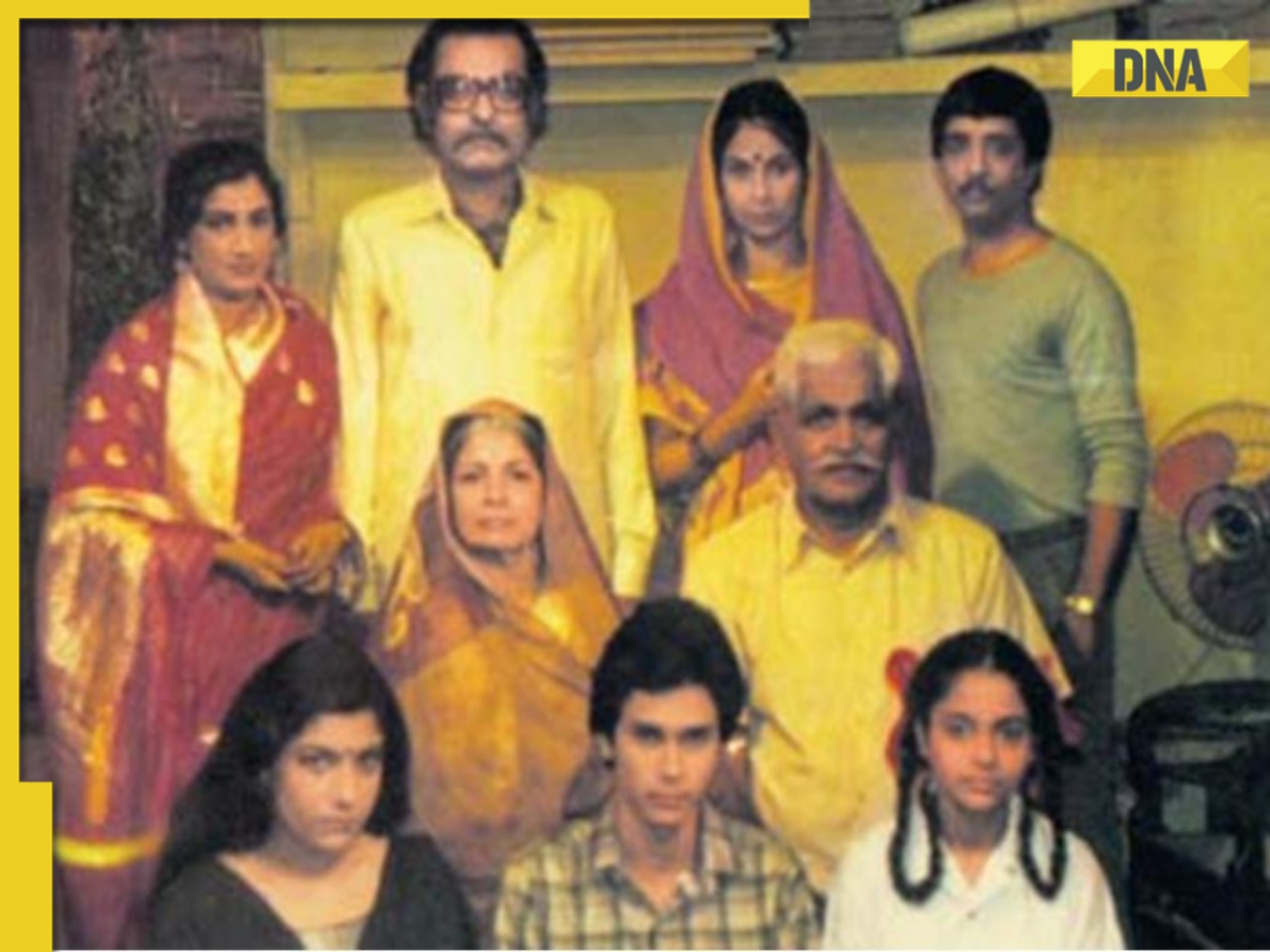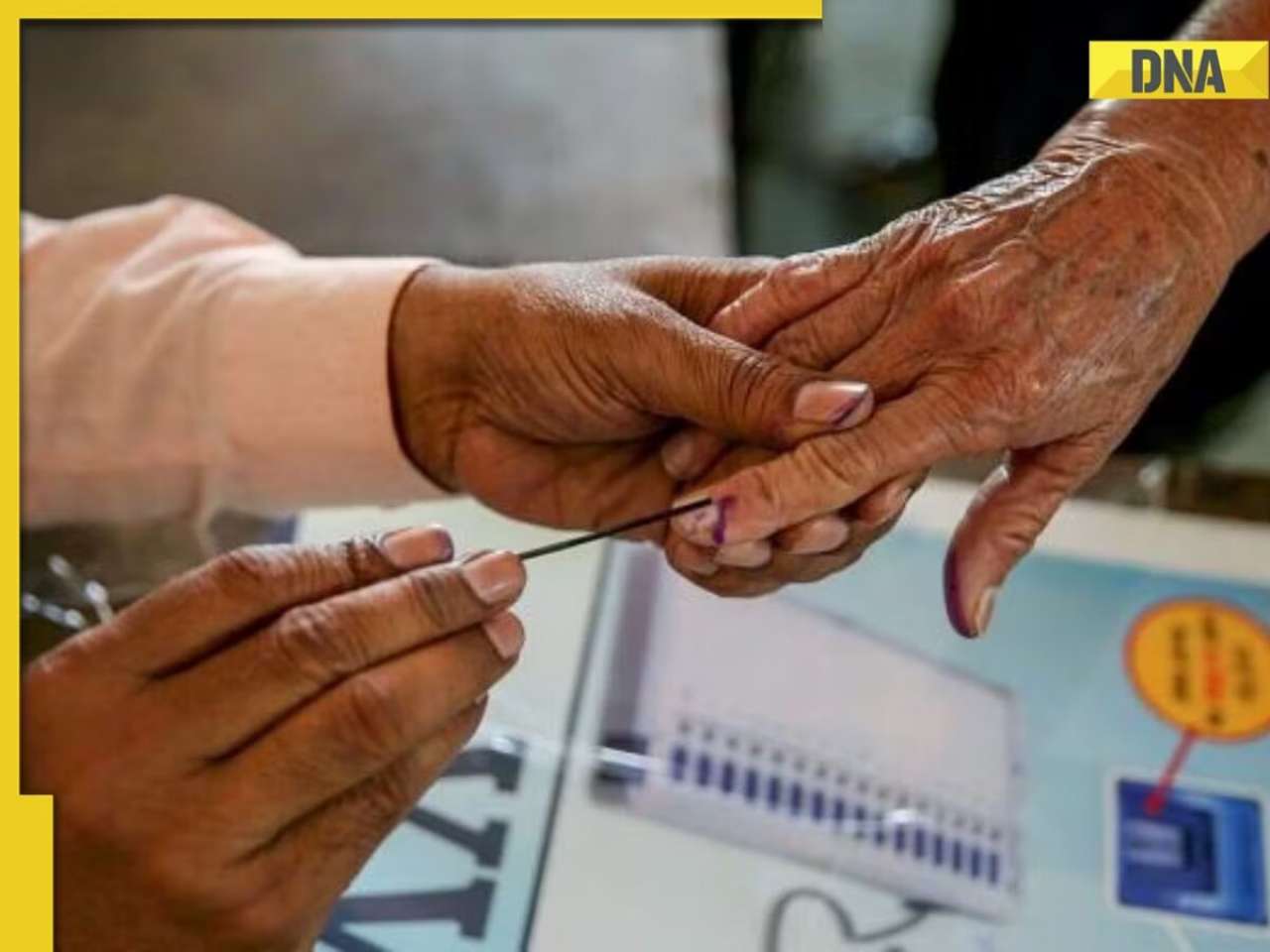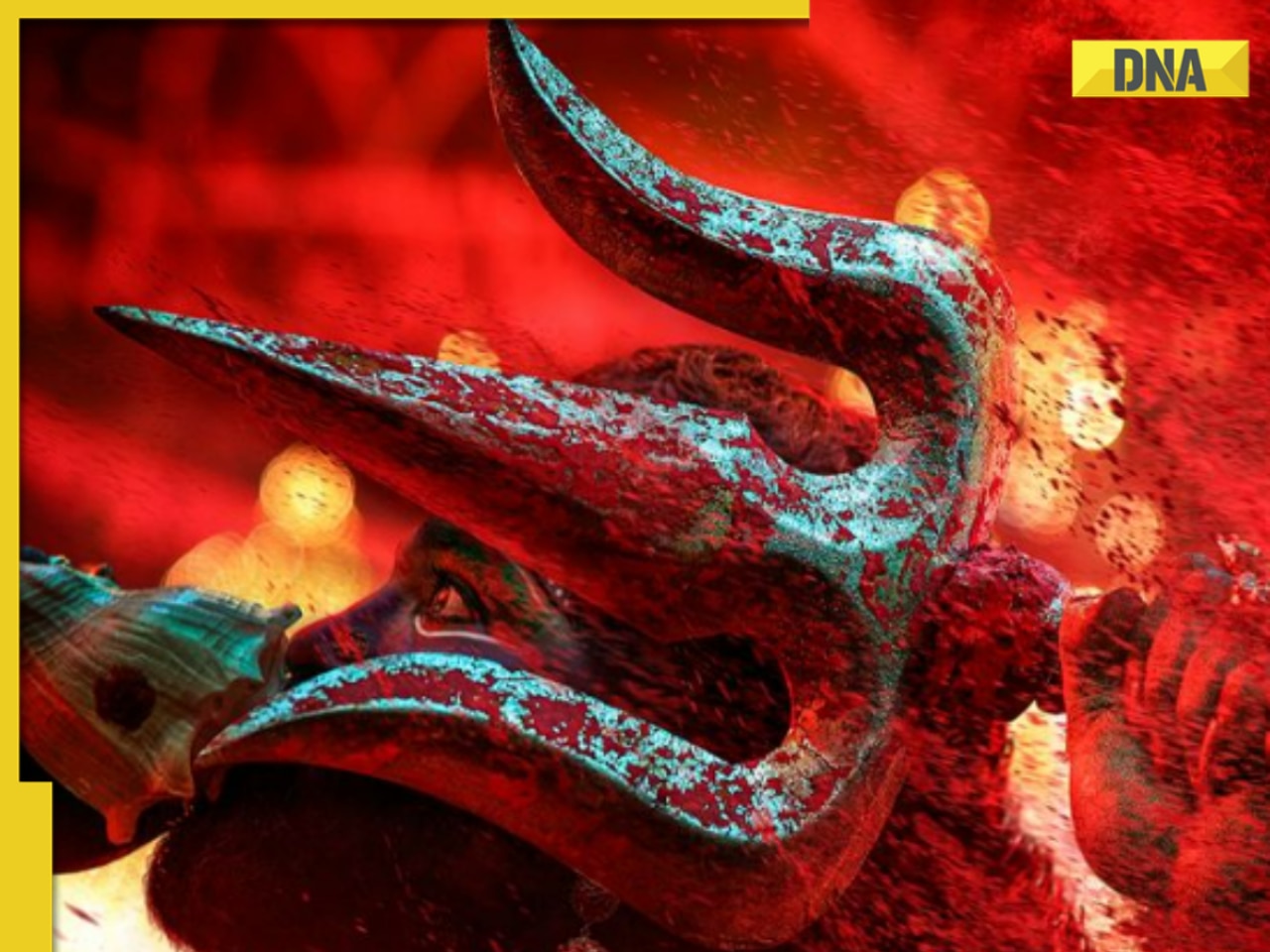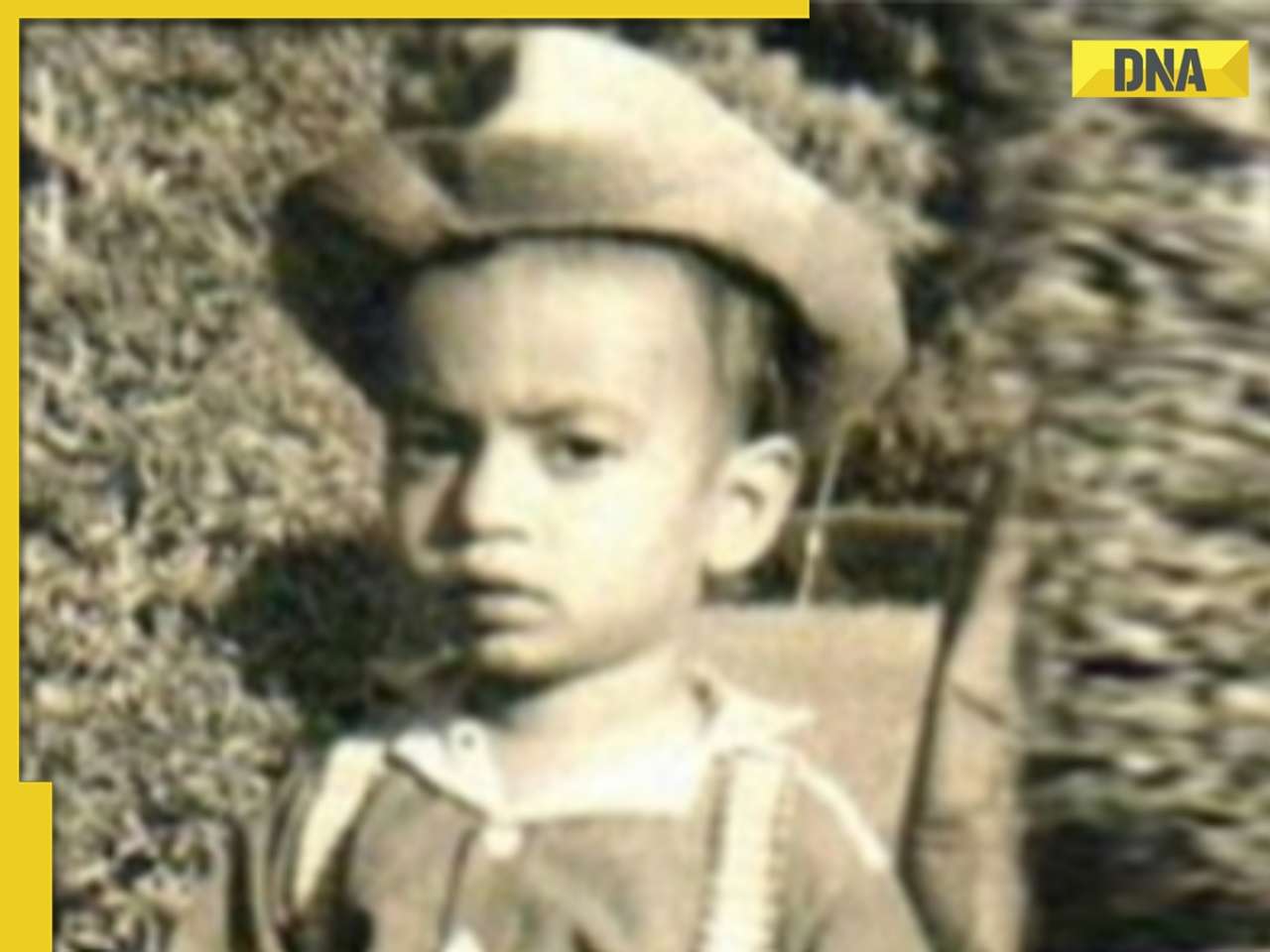New Delhi [India], August 14 (ANI-BusinessWire India): Right from playing a key role in India?s Freedom struggle to making India a treasure chest of fashion, Indian Handlooms have been an integral part of Indian culture and economics.
New Delhi [India], August 14 (ANI-BusinessWire India): Right from playing a key role in India?s Freedom struggle to making India a treasure chest of fashion, Indian Handlooms have been an integral part of Indian culture and economics. This 70th Independence day, Unnati Silks celebrates some major achievements of our pride ? Indian handlooms.
India, under colonial rule for a little above two hundred years attained its freedom in 1947. And the non-cooperation movement by Mahatma Gandhi in 1920 was a major milestone. He urged Indians to wear hand-woven Khadi. Since then, Handlooms have formed an integral part of our Freedom struggle.
Handlooms are the spirit of the nation ? the vibrancy and vividness in their display reflecting the ethos of India, its rich culture and the underlying chord of unity within the diversity.
Weavers, artisans and other ancillary craftsmen are the backbone of the Indian handloom industry which demonstrates the richness and diversity of Indian culture.
With over 4.3 million people directly involved in the production, the handloom industry is the second-largest employment provider for the rural population in India after agriculture. Indian handloom products are known for their unique designs and finesse. The trend is to mix old designs with new techniques and create original products.
The industry has strong infrastructure, with about 2.4 million looms of varied designs and construction, indicating significant production capacity.
Remuneratively handlooms fetch much less as compared to power looms and govt. policies and schemes started favouring this sector and neglected the other. This caused a temporary setback and numbers in the workforce started dwindling seeking fresher pastures to eke out their livelihood.
Handloom day on August 7 every year, the initiative from Prime Minister Narendra Modi himself, is an acknowledgement of this ?Hand of the Loom? or the weaving community?s contribution to the nation?s economy and the preservation of India?s rich heritage.
As a move it has many pro-handloom initiatives afresh and given the much needed shot in the arm that promises better things to come for this troubled sector.
As per the official figures from the Handloom Export Promotion Council (HEPC), the contribution of Handloom sector in Indian exports is quite significant and worthy of applause.
The export of handloom products from India stood at USD 360.02 million in FY2015-16.
In 2015?16, the US was the major importer of Indian handloom products, with estimated purchases of USD 106.13 million, followed by the UK and UAE at USD 22.42 million and USD 19.42 million, respectively. Italy, Germany, France, Spain, Japan, Netherlands, and Australia were some other export destinations.
During 2015-16, export of fabrics stood at USD 35.34 million, floor coverings stood at USD 125.27 million, clothing accessories stood at USD 25.54 million, and made-ups stood at USD 173.88 million.
Indian Handlooms have made a deep impact on the Fashion trends. Some of the leading Indian designers like Ritu Kumar, Sabyasachi Mukerjee, Manish Malhotra, Tarun Tahiliani, Anamika Khanna, Anju Modi extensively incorporate handloom weaves and art work in their collections.
Starting from fabric, right down to designs and motifs, they have given the handloom that fresh boost that has elevated it from a traditional weave to a fashion fabric.
But more heartening is it to see the spread of the handloom in fashion clothing overseas. Some of the biggest designer brands have incorporated designs, patterns, styles, and sometimes even the fabric itself from the Indian range of clothing.
The Hermes Spring-Summer 2008 collection of colorful India-inspired fusion garments include draped sari dresses, tunics, long jackets, reinterpreted ribbon-edged saris, Jodhpurs and safari suits.
McQueen Fall 2008 is inspired by Indian royal costumes and jewellery for this collection. Knee-length draped sari dresses with paisley work at the borders, a voluminous white dress with a red shrug with gathered effect, use of India?s national bird peacock as a motif and the use of maangtikas.
Dior Resort 2008 is a tribute to the Indian colour palette and experiments with shades such as bright greens and pinks in this collection, the use of paisley, temple motifs, embroidery on silk and chiffon to create pencil pants, skirts and dresses is fascinating.
The combination of British and Indian influences, specifically the royalty of both countries by Alexander McQueen in his Fall 2008 collection was a breath taking fantasy. From Victorian and Elizabethan silhouettes to the ornamentation of Indian maharajas, McQueen?s collection was dark and romantic. The use of Indian jewellery on gothic looks, sari silks to create dresses, embroidery of Indian motifs like the peacock on frothy gowns among other details were sensational.
Louis Vuitton Diwali Collection 2010 had experiments with the Benarasi weave by Marc Jacobs, inspired by Indian elegance and Western design sensibilities to create gorgeous sari dresses. There was also a special fabric called ?Louis Vuitton fabric? specially woven by Indian craftsmen with a mix of monogrammed flowers and Indian traditional motifs.
Marchesa had in her Spring 2013 range Indian drapes mimicking the sari and long, full skirts to the use of brocade and the jewelled and gilded embellishments on clothes. The collection seamlessly blended its Indian influences with the dreamy Marchesa aesthetic. The Indian touch was also visible in the colour palette that included deep red, Rani pink, sunset orange, pale green and inky blue.
Isabel Marant in her Spring 2016 Collection had a perfect blend of the Parisienne vibe with that of a bohemian globetrotter. The woven textiles of Rajasthan were used alongside chunky jewellery, laid-back harem pants, silver jackets and pants, and beaded embroidery.
Elie Saab Couture had in is Spring 2016 display showed the collection of an aristocrat visiting colonial India. With both Indian and Edwardian influences in equal measure, sari-inspired silhouettes were followed by high-necked shirts, Nehru collars by caped gowns. The clothes were feminine, intricate and beautiful, all staple features of Elie Saab couture.
All goes to show how much those overseas like about the variety & diversity in handlooms that gives them plenty of inspirations.
Change is a constant phenomenon. And to change without losing the core values and essence is what Indian handlooms stand for. The core techniques and principles used by the weavers remain the same which has been carried on from generations. The passion, dedication and love for the craft still remains the same, the magic remains the same.
Unnati?s contribution to the Nation?s effort began in 1980 when Devendra Ladha, CEO and founder of Unnati Silks had to make a choice other than medicine for his future career. He chose to start Unnati Silk Prints Pvt Ltd.
Right from his student days, Ladha had developed a love for handlooms.
?I was very much taken in by the traditional processes of weaving, the dedication of our weavers, intricate designs, the beauty and detail of the weaves. I love Indian ethnic like any proud Indian should. Traditional artistry is a marvel, a work of genius?, he says, ?but the ethnic practitioners behind this craft ?never get their place in the sun? for the marvellous offerings they create,? he said.
?Unnati Silks sees itself as the bridging entity between these wonder workers of ethnic fabrics across India and the end users of these dedicated offerings - the buying community at large. There have been areas that I feel should be covered, like holistic conceptualisation, an innate understanding of market tastes through focused research, good anticipation through co-ordinated efforts and experience of what designs could be well-received and a whole lot of other customer centric efforts that would ensure a win-win situation for all concerned,? added Ladha.
This became a focal point in Unnati?s strategies that tremendously improved its bonding with the traditional makers of fabrics and fostered a close working relationship that has been harmonious and well-nurtured in this journey. In return the market has responded favourably on most occasions for Unnati?s ideas translated on cloth.
?The smell of a freshly woven handloom saree is as invigorating as the smell of the mud when it just starts raining, something familiar and dear to those who have been associated with these weaves,? said Ladha.
Unnatisilks.com, the official online shopping website of brand Unnati Silks is your one stop store for beautiful Indian Handlooms. Shop from unique collection of pure handloom cotton and silk sarees, handcrafted dress material, handloom kurtas, ethnic fabrics and more. (ANI-BusinessWire India)
Ends SN
NNNN
ANI
(This article has not been edited by DNA's editorial team and is auto-generated from an agency feed.)
![submenu-img]() Firing at Salman Khan's house: Shooter identified as Gurugram criminal 'involved in multiple killings', probe begins
Firing at Salman Khan's house: Shooter identified as Gurugram criminal 'involved in multiple killings', probe begins![submenu-img]() Salim Khan breaks silence after firing outside Salman Khan's Mumbai house: 'They want...'
Salim Khan breaks silence after firing outside Salman Khan's Mumbai house: 'They want...'![submenu-img]() India's first TV serial had 5 crore viewers; higher TRP than Naagin, Bigg Boss combined; it's not Ramayan, Mahabharat
India's first TV serial had 5 crore viewers; higher TRP than Naagin, Bigg Boss combined; it's not Ramayan, Mahabharat![submenu-img]() Vellore Lok Sabha constituency: Check polling date, candidates list, past election results
Vellore Lok Sabha constituency: Check polling date, candidates list, past election results![submenu-img]() Meet NEET-UG topper who didn't take admission in AIIMS Delhi despite scoring AIR 1 due to...
Meet NEET-UG topper who didn't take admission in AIIMS Delhi despite scoring AIR 1 due to...![submenu-img]() DNA Verified: Is CAA an anti-Muslim law? Centre terms news report as 'misleading'
DNA Verified: Is CAA an anti-Muslim law? Centre terms news report as 'misleading'![submenu-img]() DNA Verified: Lok Sabha Elections 2024 to be held on April 19? Know truth behind viral message
DNA Verified: Lok Sabha Elections 2024 to be held on April 19? Know truth behind viral message![submenu-img]() DNA Verified: Modi govt giving students free laptops under 'One Student One Laptop' scheme? Know truth here
DNA Verified: Modi govt giving students free laptops under 'One Student One Laptop' scheme? Know truth here![submenu-img]() DNA Verified: Shah Rukh Khan denies reports of his role in release of India's naval officers from Qatar
DNA Verified: Shah Rukh Khan denies reports of his role in release of India's naval officers from Qatar![submenu-img]() DNA Verified: Is govt providing Rs 1.6 lakh benefit to girls under PM Ladli Laxmi Yojana? Know truth
DNA Verified: Is govt providing Rs 1.6 lakh benefit to girls under PM Ladli Laxmi Yojana? Know truth![submenu-img]() Remember Jibraan Khan? Shah Rukh's son in Kabhi Khushi Kabhie Gham, who worked in Brahmastra; here’s how he looks now
Remember Jibraan Khan? Shah Rukh's son in Kabhi Khushi Kabhie Gham, who worked in Brahmastra; here’s how he looks now![submenu-img]() From Bade Miyan Chote Miyan to Aavesham: Indian movies to watch in theatres this weekend
From Bade Miyan Chote Miyan to Aavesham: Indian movies to watch in theatres this weekend ![submenu-img]() Streaming This Week: Amar Singh Chamkila, Premalu, Fallout, latest OTT releases to binge-watch
Streaming This Week: Amar Singh Chamkila, Premalu, Fallout, latest OTT releases to binge-watch![submenu-img]() Remember Tanvi Hegde? Son Pari's Fruity who has worked with Shahid Kapoor, here's how gorgeous she looks now
Remember Tanvi Hegde? Son Pari's Fruity who has worked with Shahid Kapoor, here's how gorgeous she looks now![submenu-img]() Remember Kinshuk Vaidya? Shaka Laka Boom Boom star, who worked with Ajay Devgn; here’s how dashing he looks now
Remember Kinshuk Vaidya? Shaka Laka Boom Boom star, who worked with Ajay Devgn; here’s how dashing he looks now![submenu-img]() DNA Explainer: How Iranian projectiles failed to breach iron-clad Israeli air defence
DNA Explainer: How Iranian projectiles failed to breach iron-clad Israeli air defence![submenu-img]() DNA Explainer: What is India's stand amid Iran-Israel conflict?
DNA Explainer: What is India's stand amid Iran-Israel conflict?![submenu-img]() DNA Explainer: Why Iran attacked Israel with hundreds of drones, missiles
DNA Explainer: Why Iran attacked Israel with hundreds of drones, missiles![submenu-img]() What is Katchatheevu island row between India and Sri Lanka? Why it has resurfaced before Lok Sabha Elections 2024?
What is Katchatheevu island row between India and Sri Lanka? Why it has resurfaced before Lok Sabha Elections 2024?![submenu-img]() DNA Explainer: Reason behind caused sudden storm in West Bengal, Assam, Manipur
DNA Explainer: Reason behind caused sudden storm in West Bengal, Assam, Manipur![submenu-img]() Firing at Salman Khan's house: Shooter identified as Gurugram criminal 'involved in multiple killings', probe begins
Firing at Salman Khan's house: Shooter identified as Gurugram criminal 'involved in multiple killings', probe begins![submenu-img]() Salim Khan breaks silence after firing outside Salman Khan's Mumbai house: 'They want...'
Salim Khan breaks silence after firing outside Salman Khan's Mumbai house: 'They want...'![submenu-img]() India's first TV serial had 5 crore viewers; higher TRP than Naagin, Bigg Boss combined; it's not Ramayan, Mahabharat
India's first TV serial had 5 crore viewers; higher TRP than Naagin, Bigg Boss combined; it's not Ramayan, Mahabharat![submenu-img]() This film has earned Rs 1000 crore before release, beaten Animal, Pathaan, Gadar 2 already; not Kalki 2898 AD, Singham 3
This film has earned Rs 1000 crore before release, beaten Animal, Pathaan, Gadar 2 already; not Kalki 2898 AD, Singham 3![submenu-img]() This Bollywood star was intimated by co-stars, abused by director, worked as AC mechanic, later gave Rs 2000-crore hit
This Bollywood star was intimated by co-stars, abused by director, worked as AC mechanic, later gave Rs 2000-crore hit![submenu-img]() IPL 2024: Rohit Sharma's century goes in vain as CSK beat MI by 20 runs
IPL 2024: Rohit Sharma's century goes in vain as CSK beat MI by 20 runs![submenu-img]() RCB vs SRH IPL 2024 Dream11 prediction: Fantasy cricket tips for Royal Challengers Bengaluru vs Sunrisers Hyderabad
RCB vs SRH IPL 2024 Dream11 prediction: Fantasy cricket tips for Royal Challengers Bengaluru vs Sunrisers Hyderabad ![submenu-img]() IPL 2024: Phil Salt, Mitchell Starc power Kolkata Knight Riders to 8-wicket win over Lucknow Super Giants
IPL 2024: Phil Salt, Mitchell Starc power Kolkata Knight Riders to 8-wicket win over Lucknow Super Giants![submenu-img]() IPL 2024: Why are Lucknow Super Giants wearing green and maroon jersey against Kolkata Knight Riders at Eden Gardens?
IPL 2024: Why are Lucknow Super Giants wearing green and maroon jersey against Kolkata Knight Riders at Eden Gardens?![submenu-img]() IPL 2024: Shimron Hetmyer, Yashasvi Jaiswal power RR to 3 wicket win over PBKS
IPL 2024: Shimron Hetmyer, Yashasvi Jaiswal power RR to 3 wicket win over PBKS![submenu-img]() Watch viral video: Isha Ambani, Shloka Mehta, Anant Ambani spotted at Janhvi Kapoor's home
Watch viral video: Isha Ambani, Shloka Mehta, Anant Ambani spotted at Janhvi Kapoor's home![submenu-img]() This diety holds special significance for Mukesh Ambani, Nita Ambani, Isha Ambani, Akash, Anant , it is located in...
This diety holds special significance for Mukesh Ambani, Nita Ambani, Isha Ambani, Akash, Anant , it is located in...![submenu-img]() Swiggy delivery partner steals Nike shoes kept outside flat, netizens react, watch viral video
Swiggy delivery partner steals Nike shoes kept outside flat, netizens react, watch viral video![submenu-img]() iPhone maker Apple warns users in India, other countries of this threat, know alert here
iPhone maker Apple warns users in India, other countries of this threat, know alert here![submenu-img]() Old Digi Yatra app will not work at airports, know how to download new app
Old Digi Yatra app will not work at airports, know how to download new app











































)
)
)
)
)
)